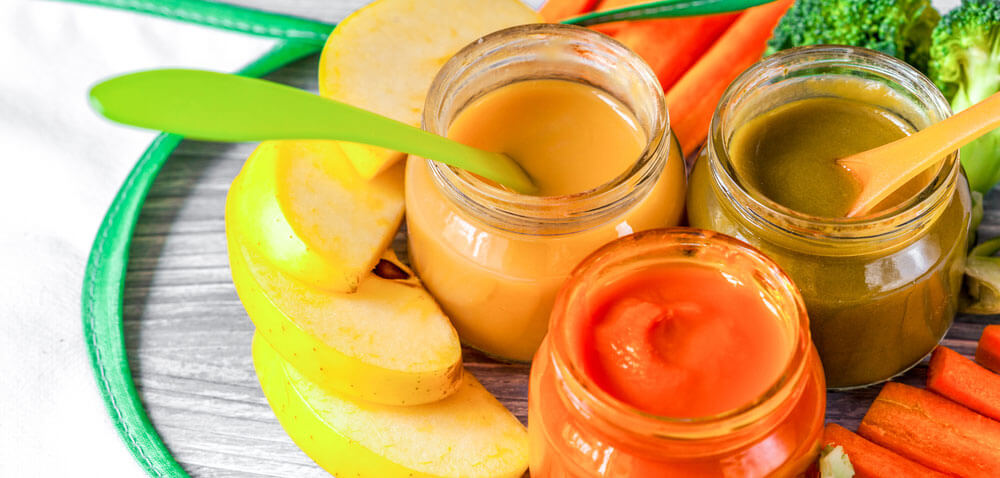Weaning: Recommendations & Tips

Ways to cook
- Steaming is the best way to preserve the fresh taste and vitamins in vegetables and fruits. Vitamins B and C are water-soluble and can easily be destroyed by overcooking especially when fruits and vegetables are boiled in water.
- Boiling is great when you use minimal water and are careful not to overcook the food. the leftover water can be used when blending the food into a soup.
- Baking is a good idea for cooking potatoes, sweet potatoes or butternut squash.
Essential tips on weaning food safety and hygiene
- Clean your hands before cooking, and his hands before feeding
- Clean all cutlery and crockery before serving
- Avoid raw eggs, meat and fish, especially shellfish
- Wash all surfaces before and after using food, especially chopping boards
- Always keep raw meat and fish separate to cooked foods
- Reheating food is OK, but never reheat food more than once
- Wash and peel fruit and vegetables, such as apples, pears, potatoes and carrots

How to store and reheat food for weaning
- Within one to two hours of cooking the food, place it in the fridge or freezer
- If it’s in the fridge, it should be eaten within two days
- Thoroughly defrost before reheating
- The safest way to defrost frozen food is in the fridge overnight
- Reheat food thoroughly, so that it is piping hot all the way through and always test the reheated food before offering it to your baby
How to find out what foods will upset your baby
Eating blended, single-ingredient foods is not only a great way to introduce new foods and textures, it’s also a good way to find out what upsets his stomach. If he shows any of the following signs during or after eating certain foods, then you should visit your doctor to find out if he is allergic to that food:
- Bloating and gassiness
- A sandpaper-like raised red rash on the face
- Runny nose and watery eyes
- Diarrhea or mucousy stools
- A red rash around the anus.
- Vomiting or increased spitting-up





